Podcast: Machu Picchu’s Sacred Sister ~ Choquequirao
Inca expert Dr. Gary Ziegler shares some of his insights into the geo-cosmic architectural features of the spectacular mountaintop Royal Estate of Choquequirao.
The conversation took place days after Gary finished one of his small group expeditions on horseback and foot along less traveled Inca trails to the enigmatic ruins.
In this interview, Gary discusses the connection between Choquequirao and Machu Picchu and the strong evidence that it was constructed, at least in part, by workers imported from the Chachapoyas culture, the builders of the temple fortress Kuelap in northern Peru. He also explains the prevailing theory, which he and other archaeologists have developed, that Choquequirao was built during the late 15th century by the Inca ruler, Topa Inca Yupanki, during the height of imperial expansion.
If you would like to join a horse supported journey to Choquequirao designed by Gary Ziegler, CLICK HERE and fill out the Inquiry Form.
TRANSCRIPT:
Rick Vecchio: We’re here on the roof of the hotel Autor in the heart of Miraflores, and I am here with archaeologist-explorer Gary Ziegler. Thank you for talking to us Gary.
Gary Ziegler: It’s a pleasure. Glad to be here.
RV: We’ve just had a fabulous ceviche and a couple of beers. We’re feeling very good. Gary has just finished up one of his trips with a group to Choquequirao. How did that go?
GZ: Oh, it was a fabulous group, fabulous trip and Choquequirao was exciting and mysterious and wonderful, as always. But the best part, I think, of the trip is that the weather was flawless. You know, the Andean weather is never, never certain, and you can get dumped on for days on end, even in the middle of the dry season, and here we are in the cusp of the wet season and we had endless days of wine and roses, I guess I could phrase it… beautiful sunlight, as we say in the high Andes, ‘Espejado’
RV: When you go out with a group to Choquequirao, what is it you’re aiming to convey?
GZ: I think the main issue is the mystery of the site and the magnificence of it and the complicated design; what I call the ‘geo-cosmic’ structure of the place, of how it was designed to line up with sacred elements that were important to the Inca, and also more than the Inca, to traditional Andean beliefs and centuries of cultural development of beliefs in the Andes. That is that spiritualism in the form of an animistic concept that there are natural forces in everything — the mountains, the rivers, the glaciers, the sky, the sun, the moon — and Choquequirao, we call it a royal estate.
We think it was built by the preceding emperor after the great Pachacuti, who we think, or pretty much is accepted, built Machu Picchu, and incorporated all the elements of Machu Picchu. And that is the incorporation of mountains, rivers, astronomical alignments with the natural terrain. And I think probably the focus of going to Choquequirao without actually doing studies is the joy in revealing this and showing it to others in the group who are going there.
RV: In terms of the site, it’s nothing like what you’re going to experience if you go to Machu Picchu or Sacsayhuaman. I mean, it’s fundamentally different in that there just aren’t the people there.
GZ: Well, the same elements are there, but of course it’s distracted by the development, and the large numbers of tourists, and the roads and the traffic and all the accoutrements of the modern society, which seems to have encompassed most of these places, and sadly Machu Picchu more than any place else.
But the beauty of Choquequirao is its very remoteness from all of that, that it’s a difficult physical journey to get there. By the very shortest route, it’s two days and is similar to crossing the Grand Canyon in Arizona. As a result, it remains a pristine mountain estate, pretty much as the Inca built it and left it behind.
RV: And what year was the first year that you were there?
GZ: It wasn’t too many years ago. It was probably the early 1990s. When I first arrived there we came in the long back way, not the short way that I just mentioned. It took days to get there on, what we later determine, was the only Inca road into the site.
The modern way, that I just did this last week or so, was is pretty much a modern route, built in post-colonial times.
But anyway, coming in the back route, we actually sent a crew of locals in a couple of weeks in advance with picks and shovels, cutting their way through the heavy vegetation, moving rocks and opening up the trails. And when we arrived at Choquequirao, part of it had been studied, but the government had just shown an interest in it a few years earlier, but it was pretty much uncleared.
We camped in the main plaza. What is now revealed as the elite residences and the temples were completely covered with vegetation.
RV: What are some of the conclusions that you’ve made?
GZ: What we’ve learned, or think we’ve learned, and the information we have gathered has been accumulative over the years, and it’s been a group or team effort by a number of different people, in particular the Peruvian team led by the Cusco archaeologist Percy Paz, who did the preliminary study and since has worked there all these years.
And so sites have been cleared, as excavations have been made, we’ve learned a great deal about the site and also it’s cumulative into general information of the Inca, which has grown leaps and bounds in the last decade or two.
When I first started studying archaeology it was… I think nobody really had much interest in the Inca because the feeling was, ‘Gosh, we know all about the Inca. What about these ancient cultures along the coast, which haven’t been studied and nobody knows who built them. But gosh, the Inca, everybody wrote about the Incas, we know all about the Incas.’
Well, in recent years, that’s been revealed not to be the case at all. There is enigma after enigma, as revealed at Machu Picchu and other sites, in particular Choquequirao. So there’s been a whole new focus in Inca studies with new information coming in. And taking this evolution of information from others working in the field and applying it back to our studies at Choquequirao and other places has really been an aid in our interpretation of Choquequirao and its purpose.
And if I can just continue on along that same thing I might as well just give you kind of a summary of what we think Machu Picchu was, what its main purpose was iand how it was used.
Well, we think from… and this is like, I like to use term, like an investigation in a criminal case, ‘The preponderance of evidence.’ Because we never have, really, a hundred percent factual evidence that this was the way it is. But there are number of factors that lead up to that conclusion and this is a good scientific process that this was likely the way it was because of the number of different factors that indicate that that was the purpose or what was going on there.
Using that process, we believe that Choquequirao was a royal estate. And royal estates were very special places, and we’re building upon, as I said, the study of other people who’ve done these remarkable studies elsewhere in the Inca heartland about Inca estates. So Choquequirao sort of fits that pattern. And probably the three big estates that most people know about are Pisaq, Ollantaytambo and Machu Picchu. These seem to fit a pattern of development.
Each emperor built his own estates, in some ways similar to the early Egyptian dynasties, in which each pharaoh built his own estate. And so, let’s say Pachacuti built these three estates and then along comes his successor, probably his son, Topa Inca, who wants to do a similar sort of them thing, and wants to have his own estates.
Kind of the curious transition of royal ownership was that when an emperor died, his property didn’t transfer to the Inca corporate state or government, if you will. It became the property of his kinship group, called the Panaca. And so then the kinship group were responsible, taking over maintenance and maintaining the administrative functions with their own funds and their own resources.
And so that’s certainly what happened at Machu Picchu in these other states and probably at Choquequriao. So Choquequirao, then, was built as a royal estate. We believe — and I say ‘we’ as a collaboration of a number of colleagues who worked there — we believe that Choquequirao was built as a model of Machu Picchu based on the topography and layout of these other sites that I mentioned.
An example, let’s take Machu Picchu… Machu Picchu is on a north-south alignment, a cardinal alignment up and down the ridge. It has high status buildings, meaning the most important structures: ceremonial temples built on a ridge with a high mountain behind and then a short lower promontory point peak in the front, which is Huayna Picchu. And then it has a great river, Urubamba, meandering below which must’ve been sacred to the Incas. And the same thing at Choquequirao, with a great river, Apurímac, winding below Choquequirao. So there’s a similar design in the topography of the region and then other indicators: a water system that comes from a high source starting from a glacial peak up high. Of course there was the long canal down to Machu Picchu, which served the site, had a number of fountains and areas where the water was manipulated and routed down through the site. And certainly Choquequirao has the same thing. It doesn’t have the number of fountains that Machu Picchu has, but it has its own series of the basin fountains manipulating down through the site, and water was certainly an important spiritual element of early Andean people, as adapted by the Inca.
So now we have many of the ingredients of Machu Picchu. It also appeared to have had probably a pilgrimage function, for special calendar events, special events where people from the surrounding region or even further way, would come along the trail into the region and be introduced to ceremonies and rituals.
So there’s similarities to the Inca roads or trails leading into Machu Picchu. So we have most of the elements of a royal estate based on these other areas and very similar design. One of the interesting things about Choquequirao is that the geology is very distinct and different from Machu Picchu.
Machu Picchu is built on an igneous frenetic pluton, a big plug of molten material that came up through the earth and cooled slowly formed granite. And granite is readily shaped into the polygonal stones that you see at Machu Picchu.
RV: Those great big construction blocks.
GZ: That’s right. And of course, the geology at Machu Picchu is totally distinct from Choquequirao. Choquequirao is situated on an ancient metamorphic base rock formation. And metamorphic is, in this case, compressed sediments, previous shales and sandstones and various things, compressed deep under the earth by heat and pressure. And the result is that it breaks into very fragile rocks, as opposed to the malleability or the shape ability of granite.
So the Inca realized this quickly, they couldn’t do this wonderful stuff they did around Cusco and at Machu Picchu, so they developed a totally different construction style.
RV: One of the things that I find very striking, having read your book and enjoyed it very much, is the idea that maybe the Inca brought in some foreign labor to get the job done at Choquequirao. Can you tell us a little bit about that?
GZ: Well, I know there’s a prevailing’s theory in some nonscientific circles that there were certain outsiders who helped build the sites. And there’s a certain degree of truth to that, however, I think they came from Peru or at least South America….
RV: As opposed to outer space.
GZ: Not from outer space… One of the policies that the Inca adopted was the incorporation of talented workers and laborers from other assimilated polities or states as the Inca Empire expanded. For instance, they took in specialized stone workers from the region around Titicaca, which was noted for massive stonemasonry. And also things like a metallurgist from the Chimu culture to the north. There must have been other specialists. But there’s evidence that Choquequirao, based on architectural features, that it was probably built or at least in part designed and built by the imported laborers from the northern polity Chachapoyas. And there are certain characteristic architectural styles that are an indicator for that.
Also there’s some historical evidence. One of the exciting things about studying the Inca, one of the helpful things, is not only… It wasn’t a dead culture because there was historical contact and we had all these eyewitness descriptions of the culture and what they saw at the time.
There is some historical evidence that groups from Chachapoyas were settled in the areas around Cusco and in particular not around Choquequirao. Later on in the years after the Inca were gone, in early colonial times, there were still remnants of these Chachapoyas settlements there. And also there’s archaeological evidence in some places along the area near Machu Picchu and Choquequirao, where these workers, probably lived.
RV: So, if you go to Kuelap and then to Choquequirao and you see elements that look similar, that’s the reason why?
GZ: Yeah, there are some very distinctive things are Choquequirao that are indicators. One is the presence of cornices made out of slate called ‘pizarra’ in Spanish, and these aren’t seen in any other Inca site or in any architectural features. And there are several examples of that at Choquequirao. There is a great quantity of slate laying around. There is group is still has it in place called the ‘Casa Cascada,’ Very distinctive slate cornices that I have only seen, and which is rather common, in Chachapoyan structures in northern Peru. So that’s one example.
Another example is the zigzag pattern on the big terraces on one side of Choquequirao, which is called the Llama Terraces. It has a number of stylized llamas built into the walls —very distinct. And at the top of that is the very distinct zigzag motif on the whole upper terrace, which is exactly what you see on the top of almost every important Chachapoyan house or building. So that’s another example.
So, we have three factors. We have the historical description of the Chachapoyans being in the area. We have the physical evidence of Chachapoyan settlements nearby. And then we have these architectural features at Choquequirao, which are a very, very convincing indication that the Chachapoyans had a hand in building Choquequirao.
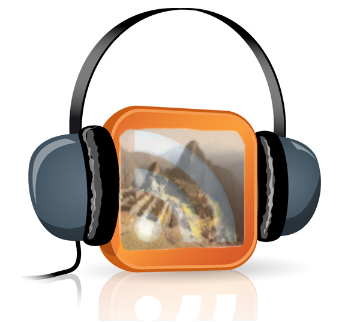
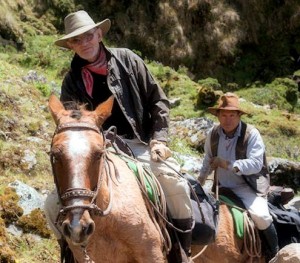
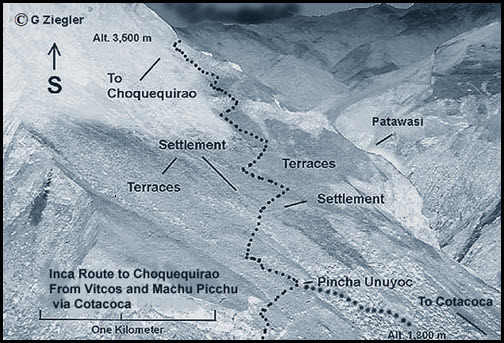

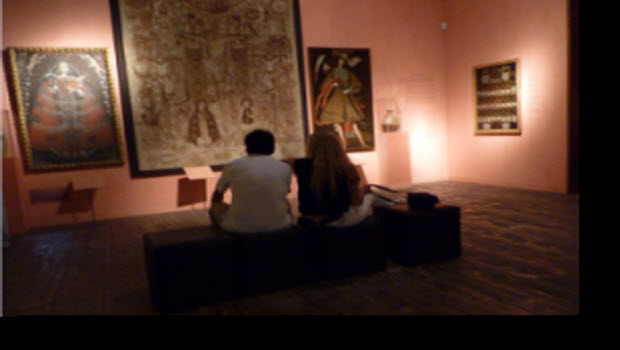 Podcast: Ancient Peruvian Cosmovision
Podcast: Ancient Peruvian Cosmovision 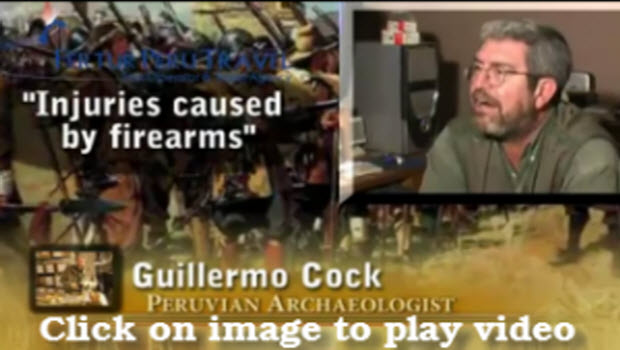 Podcast: Unsolved mysteries of Machu Picchu
Podcast: Unsolved mysteries of Machu Picchu 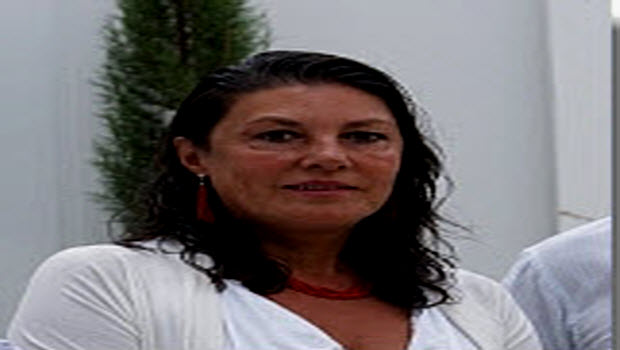 Podcast: Don’t let altitude sickness ruin your Cuzco vacation
Podcast: Don’t let altitude sickness ruin your Cuzco vacation 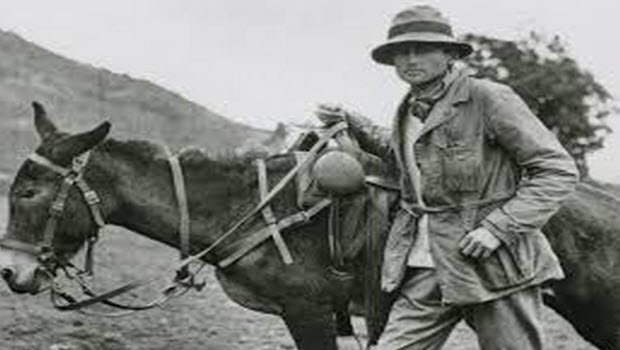 Podcast: Credit where credit is due in Hiram Bingham’s scientific discovery of Machu Picchu
Podcast: Credit where credit is due in Hiram Bingham’s scientific discovery of Machu Picchu 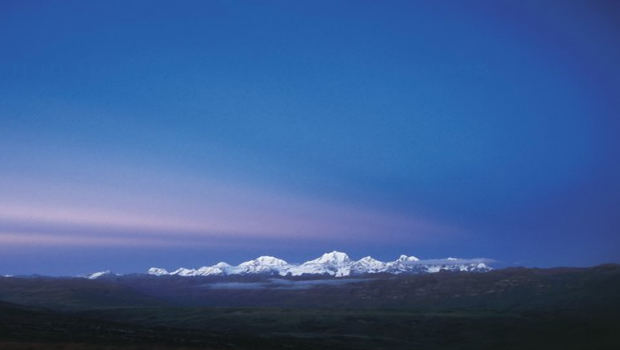 Podcast: Conservationist, Author & Photographer Jim Bartle on his new book ‘Peru in Images’
Podcast: Conservationist, Author & Photographer Jim Bartle on his new book ‘Peru in Images’ 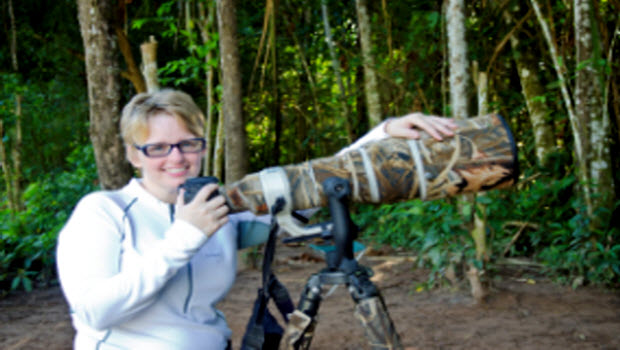 Podcast: Wildlife photography in Peru’s Amazon
Podcast: Wildlife photography in Peru’s Amazon 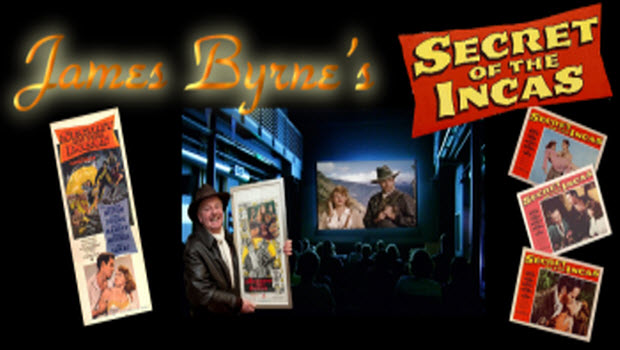 Old Time Radio: Secret of the Incas
Old Time Radio: Secret of the Incas 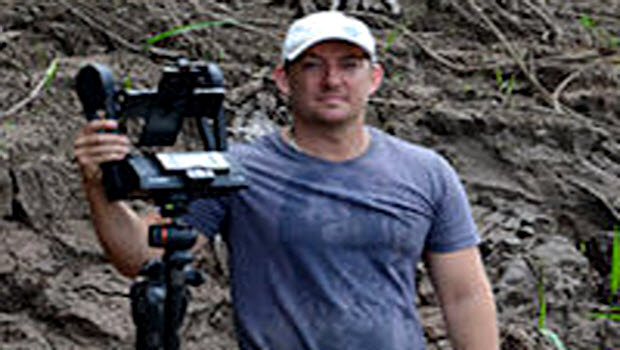 Podcast: Lima street photography, equipment and techniques
Podcast: Lima street photography, equipment and techniques